10.2: Clasificación Animal
- Page ID
- 108130
\( \newcommand{\vecs}[1]{\overset { \scriptstyle \rightharpoonup} {\mathbf{#1}} } \)
\( \newcommand{\vecd}[1]{\overset{-\!-\!\rightharpoonup}{\vphantom{a}\smash {#1}}} \)
\( \newcommand{\dsum}{\displaystyle\sum\limits} \)
\( \newcommand{\dint}{\displaystyle\int\limits} \)
\( \newcommand{\dlim}{\displaystyle\lim\limits} \)
\( \newcommand{\id}{\mathrm{id}}\) \( \newcommand{\Span}{\mathrm{span}}\)
( \newcommand{\kernel}{\mathrm{null}\,}\) \( \newcommand{\range}{\mathrm{range}\,}\)
\( \newcommand{\RealPart}{\mathrm{Re}}\) \( \newcommand{\ImaginaryPart}{\mathrm{Im}}\)
\( \newcommand{\Argument}{\mathrm{Arg}}\) \( \newcommand{\norm}[1]{\| #1 \|}\)
\( \newcommand{\inner}[2]{\langle #1, #2 \rangle}\)
\( \newcommand{\Span}{\mathrm{span}}\)
\( \newcommand{\id}{\mathrm{id}}\)
\( \newcommand{\Span}{\mathrm{span}}\)
\( \newcommand{\kernel}{\mathrm{null}\,}\)
\( \newcommand{\range}{\mathrm{range}\,}\)
\( \newcommand{\RealPart}{\mathrm{Re}}\)
\( \newcommand{\ImaginaryPart}{\mathrm{Im}}\)
\( \newcommand{\Argument}{\mathrm{Arg}}\)
\( \newcommand{\norm}[1]{\| #1 \|}\)
\( \newcommand{\inner}[2]{\langle #1, #2 \rangle}\)
\( \newcommand{\Span}{\mathrm{span}}\) \( \newcommand{\AA}{\unicode[.8,0]{x212B}}\)
\( \newcommand{\vectorA}[1]{\vec{#1}} % arrow\)
\( \newcommand{\vectorAt}[1]{\vec{\text{#1}}} % arrow\)
\( \newcommand{\vectorB}[1]{\overset { \scriptstyle \rightharpoonup} {\mathbf{#1}} } \)
\( \newcommand{\vectorC}[1]{\textbf{#1}} \)
\( \newcommand{\vectorD}[1]{\overrightarrow{#1}} \)
\( \newcommand{\vectorDt}[1]{\overrightarrow{\text{#1}}} \)
\( \newcommand{\vectE}[1]{\overset{-\!-\!\rightharpoonup}{\vphantom{a}\smash{\mathbf {#1}}}} \)
\( \newcommand{\vecs}[1]{\overset { \scriptstyle \rightharpoonup} {\mathbf{#1}} } \)
\( \newcommand{\vecd}[1]{\overset{-\!-\!\rightharpoonup}{\vphantom{a}\smash {#1}}} \)
\(\newcommand{\avec}{\mathbf a}\) \(\newcommand{\bvec}{\mathbf b}\) \(\newcommand{\cvec}{\mathbf c}\) \(\newcommand{\dvec}{\mathbf d}\) \(\newcommand{\dtil}{\widetilde{\mathbf d}}\) \(\newcommand{\evec}{\mathbf e}\) \(\newcommand{\fvec}{\mathbf f}\) \(\newcommand{\nvec}{\mathbf n}\) \(\newcommand{\pvec}{\mathbf p}\) \(\newcommand{\qvec}{\mathbf q}\) \(\newcommand{\svec}{\mathbf s}\) \(\newcommand{\tvec}{\mathbf t}\) \(\newcommand{\uvec}{\mathbf u}\) \(\newcommand{\vvec}{\mathbf v}\) \(\newcommand{\wvec}{\mathbf w}\) \(\newcommand{\xvec}{\mathbf x}\) \(\newcommand{\yvec}{\mathbf y}\) \(\newcommand{\zvec}{\mathbf z}\) \(\newcommand{\rvec}{\mathbf r}\) \(\newcommand{\mvec}{\mathbf m}\) \(\newcommand{\zerovec}{\mathbf 0}\) \(\newcommand{\onevec}{\mathbf 1}\) \(\newcommand{\real}{\mathbb R}\) \(\newcommand{\twovec}[2]{\left[\begin{array}{r}#1 \\ #2 \end{array}\right]}\) \(\newcommand{\ctwovec}[2]{\left[\begin{array}{c}#1 \\ #2 \end{array}\right]}\) \(\newcommand{\threevec}[3]{\left[\begin{array}{r}#1 \\ #2 \\ #3 \end{array}\right]}\) \(\newcommand{\cthreevec}[3]{\left[\begin{array}{c}#1 \\ #2 \\ #3 \end{array}\right]}\) \(\newcommand{\fourvec}[4]{\left[\begin{array}{r}#1 \\ #2 \\ #3 \\ #4 \end{array}\right]}\) \(\newcommand{\cfourvec}[4]{\left[\begin{array}{c}#1 \\ #2 \\ #3 \\ #4 \end{array}\right]}\) \(\newcommand{\fivevec}[5]{\left[\begin{array}{r}#1 \\ #2 \\ #3 \\ #4 \\ #5 \\ \end{array}\right]}\) \(\newcommand{\cfivevec}[5]{\left[\begin{array}{c}#1 \\ #2 \\ #3 \\ #4 \\ #5 \\ \end{array}\right]}\) \(\newcommand{\mattwo}[4]{\left[\begin{array}{rr}#1 \amp #2 \\ #3 \amp #4 \\ \end{array}\right]}\) \(\newcommand{\laspan}[1]{\text{Span}\{#1\}}\) \(\newcommand{\bcal}{\cal B}\) \(\newcommand{\ccal}{\cal C}\) \(\newcommand{\scal}{\cal S}\) \(\newcommand{\wcal}{\cal W}\) \(\newcommand{\ecal}{\cal E}\) \(\newcommand{\coords}[2]{\left\{#1\right\}_{#2}}\) \(\newcommand{\gray}[1]{\color{gray}{#1}}\) \(\newcommand{\lgray}[1]{\color{lightgray}{#1}}\) \(\newcommand{\rank}{\operatorname{rank}}\) \(\newcommand{\row}{\text{Row}}\) \(\newcommand{\col}{\text{Col}}\) \(\renewcommand{\row}{\text{Row}}\) \(\newcommand{\nul}{\text{Nul}}\) \(\newcommand{\var}{\text{Var}}\) \(\newcommand{\corr}{\text{corr}}\) \(\newcommand{\len}[1]{\left|#1\right|}\) \(\newcommand{\bbar}{\overline{\bvec}}\) \(\newcommand{\bhat}{\widehat{\bvec}}\) \(\newcommand{\bperp}{\bvec^\perp}\) \(\newcommand{\xhat}{\widehat{\xvec}}\) \(\newcommand{\vhat}{\widehat{\vvec}}\) \(\newcommand{\uhat}{\widehat{\uvec}}\) \(\newcommand{\what}{\widehat{\wvec}}\) \(\newcommand{\Sighat}{\widehat{\Sigma}}\) \(\newcommand{\lt}{<}\) \(\newcommand{\gt}{>}\) \(\newcommand{\amp}{&}\) \(\definecolor{fillinmathshade}{gray}{0.9}\)
¿Planta o animal?
Animal. ¿Qué tipo? Ahora esa es una buena pregunta. Esta esponja de jarrón celeste es un animal, pero ¿cómo se clasifica? Se estima que fácilmente hay más de un millón de especies de animales en la Tierra. ¿Cómo se dividen todas estas especies en sus diversas clasificaciones?
Clasificación de Animales
Todos los animales comparten rasgos básicos. Pero los animales también muestran mucha diversidad. Abarcan desde esponjas simples hasta humanos complejos.
Phyla Animal Mayor
Los miembros del reino animal se dividen en más de 30 filos. En la siguiente tabla se enumeran los nueve filos con mayor número de especies. Cada uno de los filos animales enumerados en la tabla tiene al menos 10,000 especies.
| Phylum | Animales Incluye | |
|---|---|---|
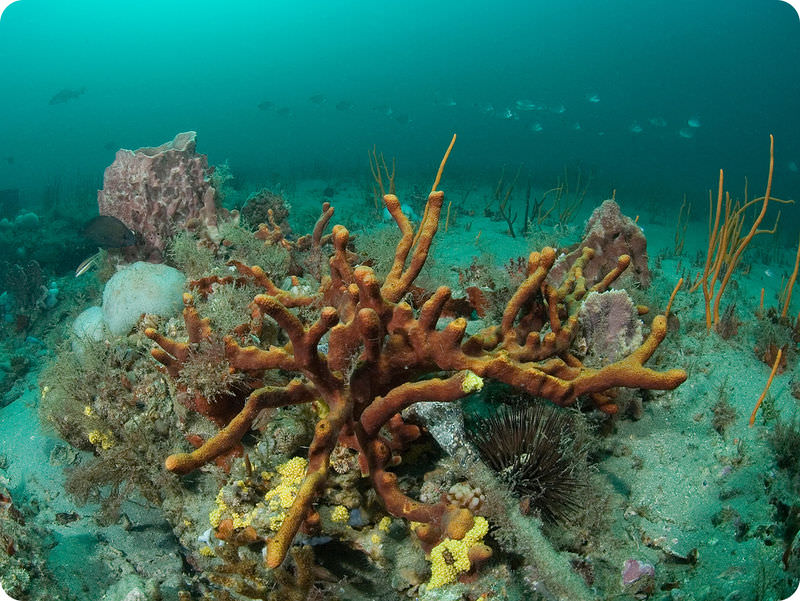 |
Porifera | esponjas |
 |
Cnidaria | medusas, corales |
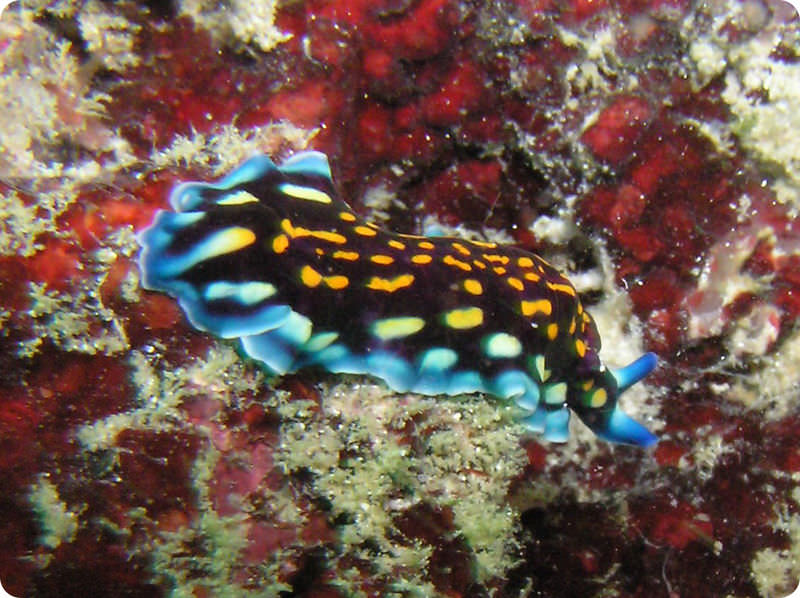 |
Platyhelmintos | lombrices planas, tenias, trematodos |
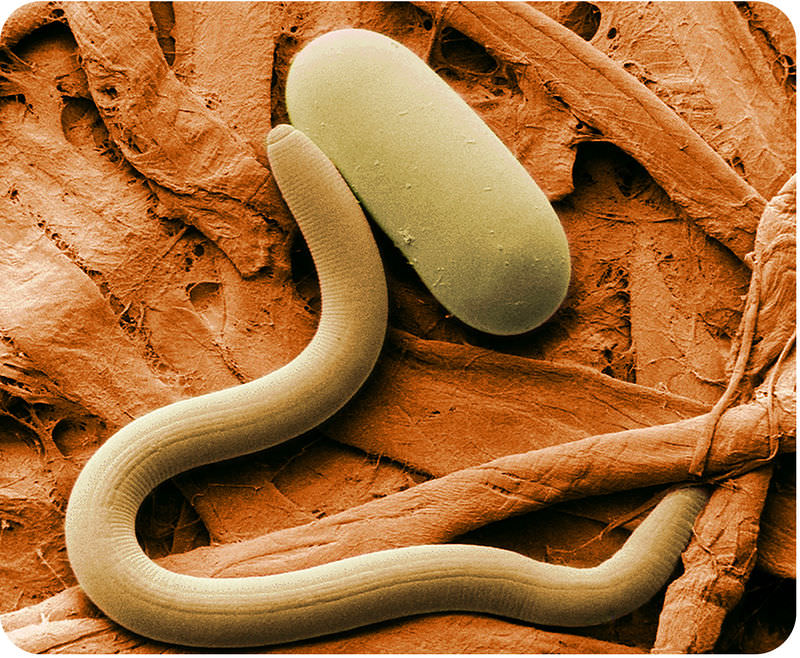 |
Nematoda | lombrices intestinales |
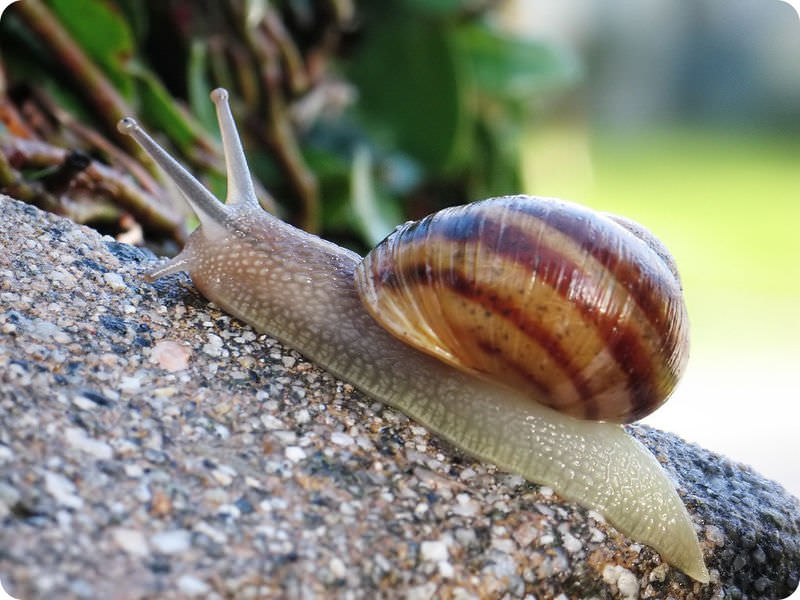 |
Mollusca | caracoles, almejas, calamares |
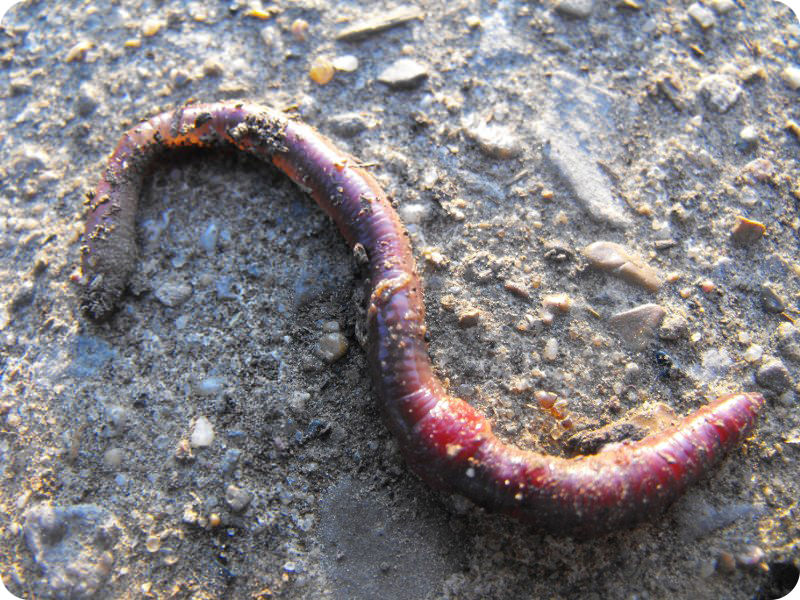 |
Annelida | lombrices de tierra, sanguijuelas, gusanos marinos |
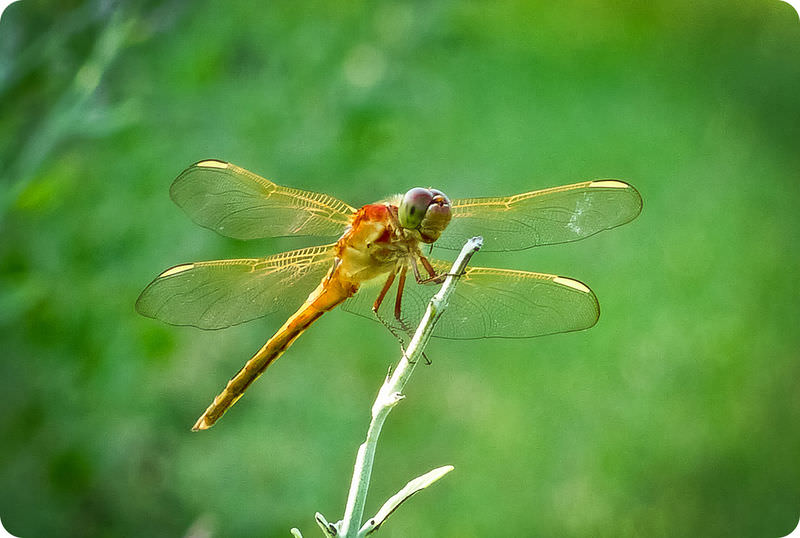 |
Artropodos | insectos, arañas, crustáceos, ciempiés |
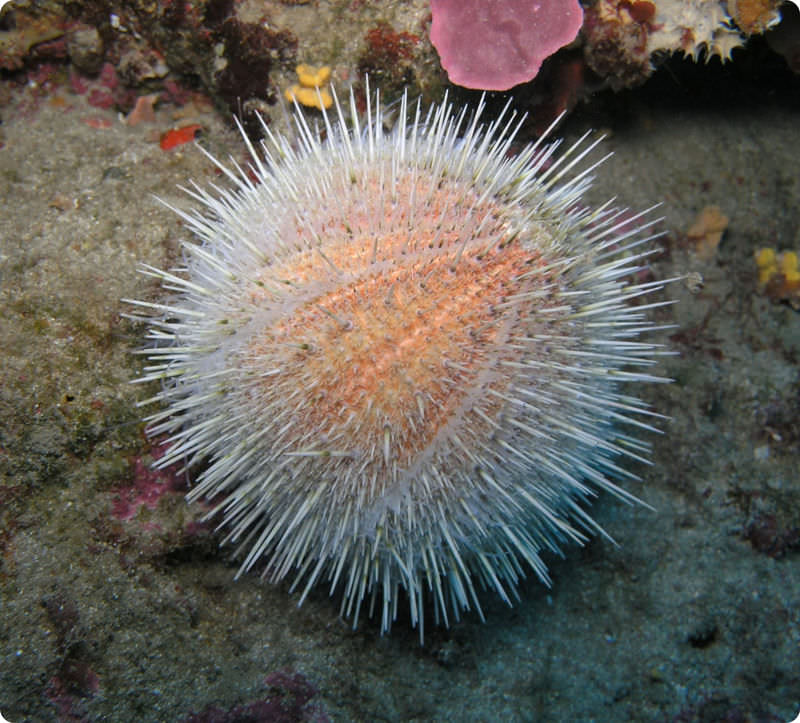 |
Echinodermata | estrellas de mar, erizos de mar, dólares de arena, pepinos de mar |
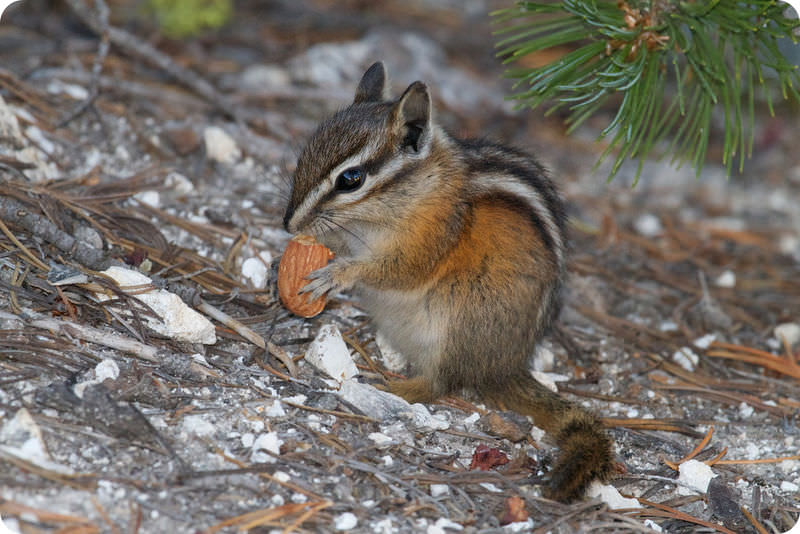 |
Chordata | tunicados, lanceletas, peces, anfibios, reptiles, aves, mamíferos |
Invertebrado vs. vertebrado
Los primeros ocho filos enumerados en la Tabla anterior incluyen únicamente animales invertebrados. Los invertebrados son animales que carecen de columna vertebral, o columna vertebral. El último filo de la tabla, el Chordata, también incluye muchas especies de invertebrados. Los tunicados y las lanceletas son invertebrados. En total, los invertebrados constituyen al menos el 95 por ciento de todas las especies animales. Los animales restantes son vertebrados. Los vertebrados son animales que tienen una columna vertebral. Todos los vertebrados pertenecen al filo Chordata. Incluyen peces, anfibios, reptiles, aves y mamíferos.
Resumen
- Los vertebrados tienen una columna vertebral, pero los invertebrados no.
- A excepción de los cordados, todos los filos animales consisten únicamente en invertebrados.
- Los cordados incluyen tanto vertebrados como invertebrados.
Revisar
- Exponer en qué se diferencia el filo Chordata de otros filos animales.
- Comparar y contrastar invertebrados y vertebrados.
| Imagen | Referencia | Atribuciones |
 |
[Figura 1] | Licencia: CC BY-NC |
 |
[Figura 2] | Licencia: CC BY-NC |
 |
[Figura 3] | Licencia: CC BY-NC |
 |
[Figura 4] | Licencia: CC BY-NC |
 |
[Figura 5] | Licencia: CC BY-NC |
 |
[Figura 6] | Licencia: CC BY-NC |
 |
[Figura 7] | Licencia: CC BY-NC |
 |
[Figura 8] | Licencia: CC BY-NC |
 |
[Figura 9] | Licencia: CC BY-NC |
 |
[Figura 10] | Licencia: CC BY-NC |

